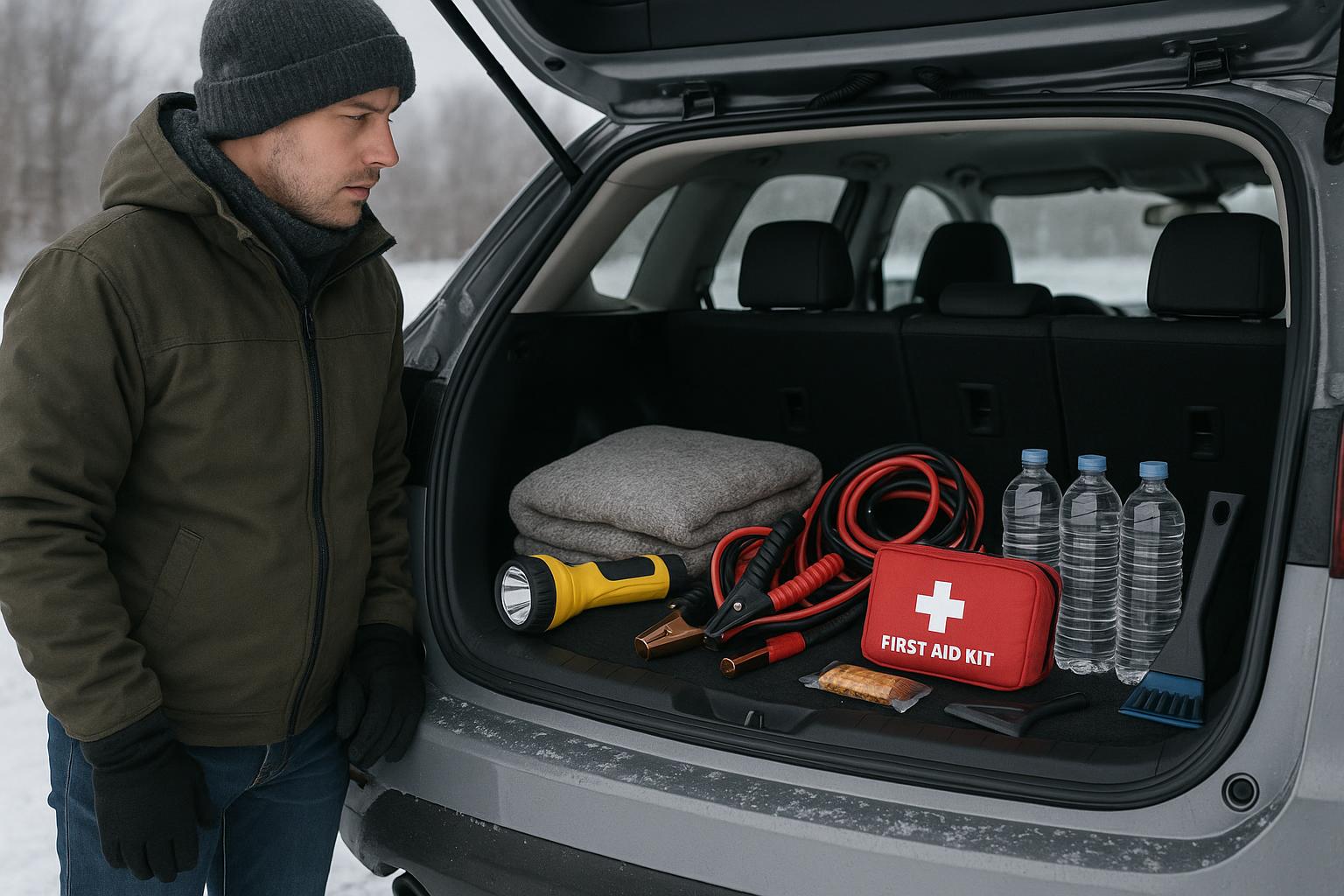In today’s rapidly evolving scientific and industrial landscapes, safety in laboratories and industrial settings is paramount. The handling of chemicals, often volatile and hazardous, requires stringent safety protocols to safeguard personnel, prevent accidents, and ensure environmental compliance. Our comprehensive guide delves into the core principles and practices essential for navigating the chemical maze in laboratories and industries.
Understanding Chemical Hazards
Before handling any chemicals, it’s crucial to understand their nature and the risks they pose. Chemicals can be flammable, reactive, corrosive, or toxic, and often, they possess multiple hazardous traits. Acquiring knowledge about Material Safety Data Sheets (MSDS) or Safety Data Sheets (SDS) is a first step in recognizing these hazards. These sheets provide detailed information on chemical properties, handling procedures, and first-aid measures.
Proper Storage and Labeling
The cornerstone of chemical safety is the proper storage and labeling of all substances. Chemicals should be stored in compatible groups, away from direct sunlight, and in ventilated cabinets. Flammable chemicals require special storage conditions, typically in a flammable liquids cabinet. Equally important is the labeling of chemicals, ensuring each container is clearly marked with the chemical name, concentration, date of receipt, and the date of opening.
Personal Protective Equipment (PPE)
No safety protocol is complete without mentioning Personal Protective Equipment (PPE). PPE varies depending on the chemicals handled but generally includes lab coats, gloves, eye protection, and in certain cases, respirators. It’s vital to select the right type of glove material as different chemicals can permeate through certain glove materials.
Chemical Handling and Usage Procedures
Safe handling of chemicals is a meticulous process. This involves measuring and transferring chemicals using appropriate tools and techniques to prevent spills and accidents. Fume hoods play a crucial role in containing vapors and protecting the user from inhalation hazards. Regular maintenance and inspection of fume hoods are necessary to ensure their efficacy.
Emergency Response and First Aid
Despite best practices, accidents can happen. A robust emergency response plan should be in place, including readily accessible spill kits, fire extinguishers, and eyewash stations. Training personnel in first aid and emergency procedures is equally important. Quick and appropriate actions can mitigate the severity of an incident.
Waste Management and Disposal
Proper disposal of chemical waste is as critical as safe handling. Waste should be categorized (e.g., solid, liquid, hazardous, non-hazardous) and disposed of according to local regulations. Containers for hazardous waste must be compatible with their contents and clearly labeled. Regular audits of waste management practices help in maintaining compliance and environmental stewardship.
Training and Continuous Education
Continuous education and training are the backbone of a safe laboratory or industrial environment. Regular safety training sessions, up-to-date procedures, and drills ensure that personnel are aware of the potential hazards and know how to handle them efficiently. Staying informed about the latest safety regulations and industry standards is a continuous process and integral to maintaining a safe working environment.
Creating a Culture of Safety
Beyond procedures and equipment, creating a culture of safety is fundamental. This involves encouraging open communication about safety concerns, learning from near-misses, and constantly striving to improve safety protocols. A safe working environment is where every member feels responsible and empowered to contribute to safety practices.
Navigating the chemical maze in laboratories and industries requires a multi-faceted approach encompassing knowledge, preparation, and vigilance. By adhering to these essential safety practices, we can create environments where scientific and industrial pursuits can thrive safely and efficiently. Remember, safety in chemical handling is not just a protocol but a commitment to protecting ourselves, our colleagues, and our environment.



